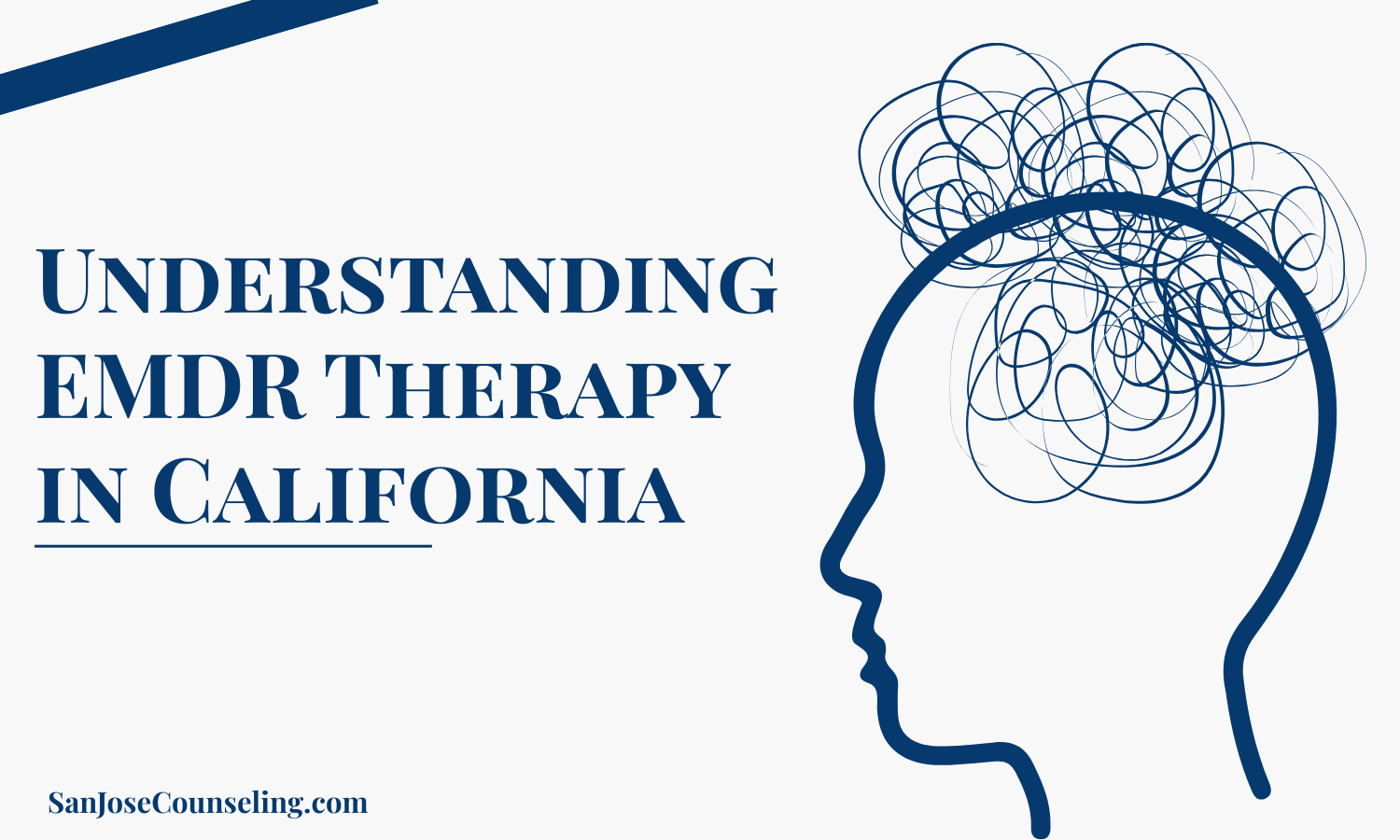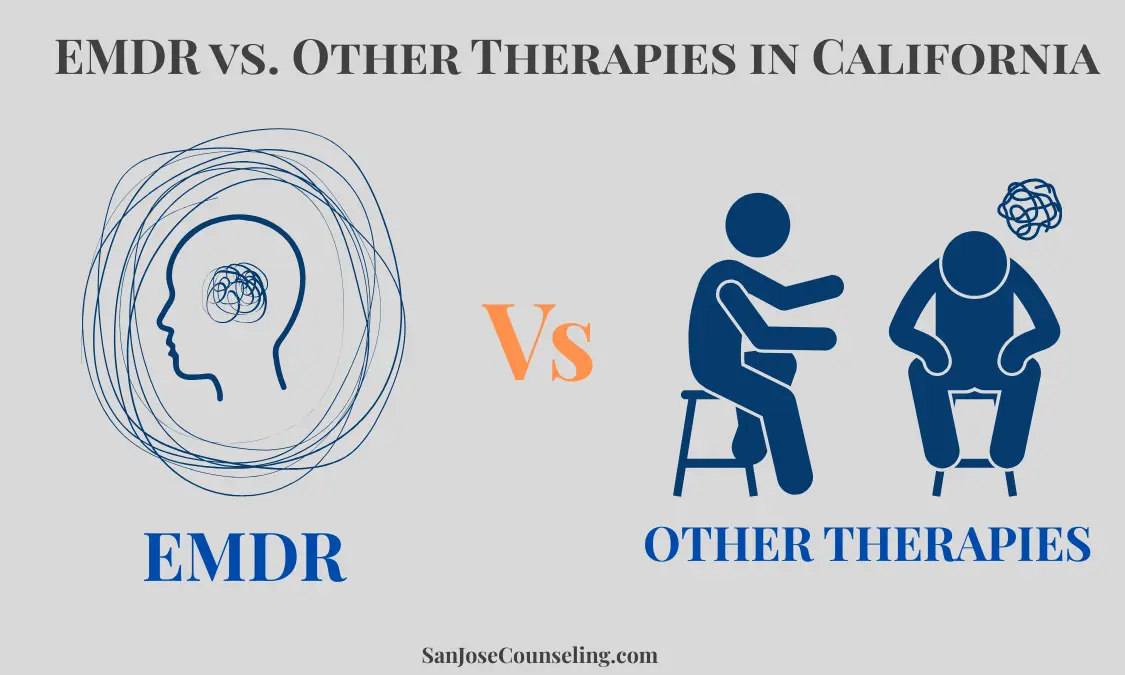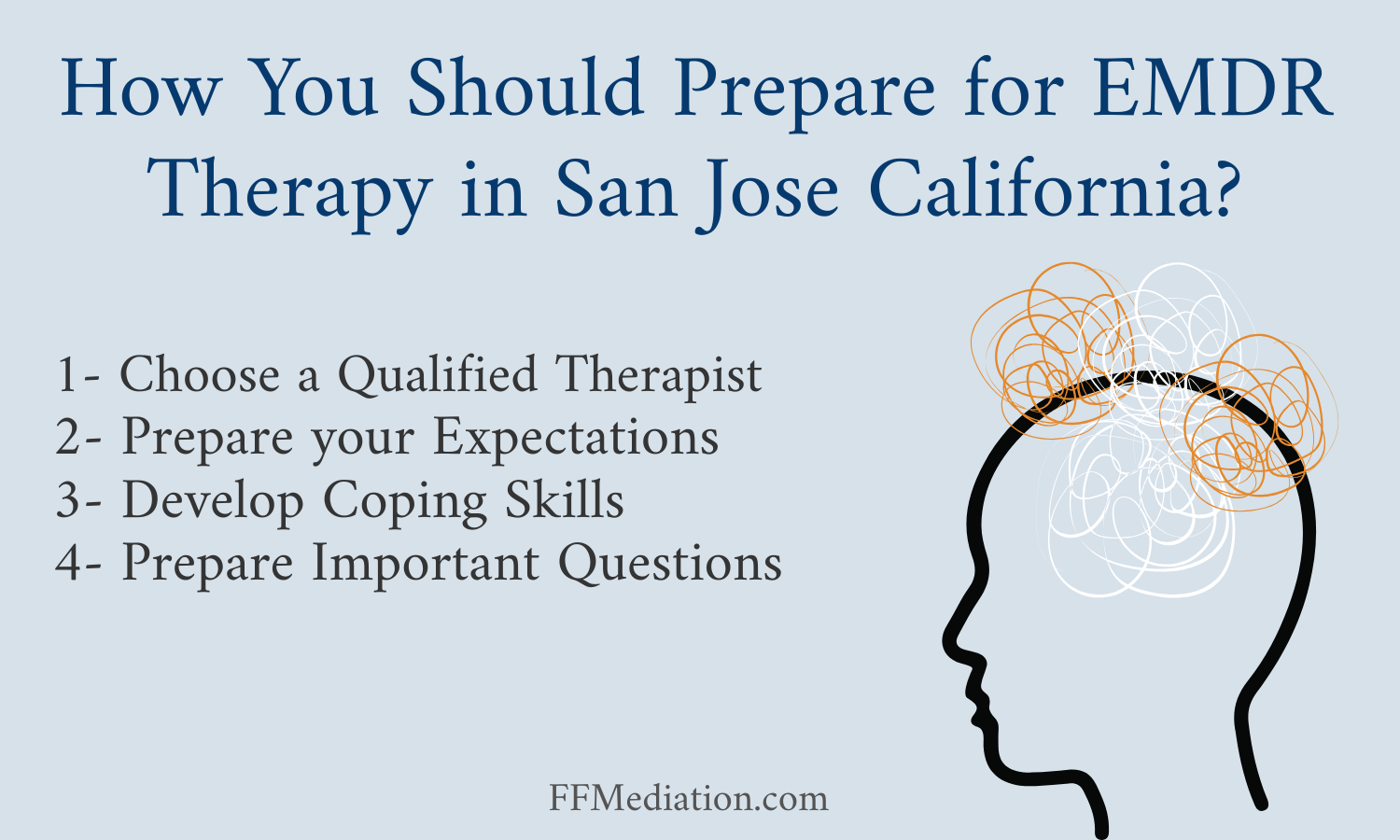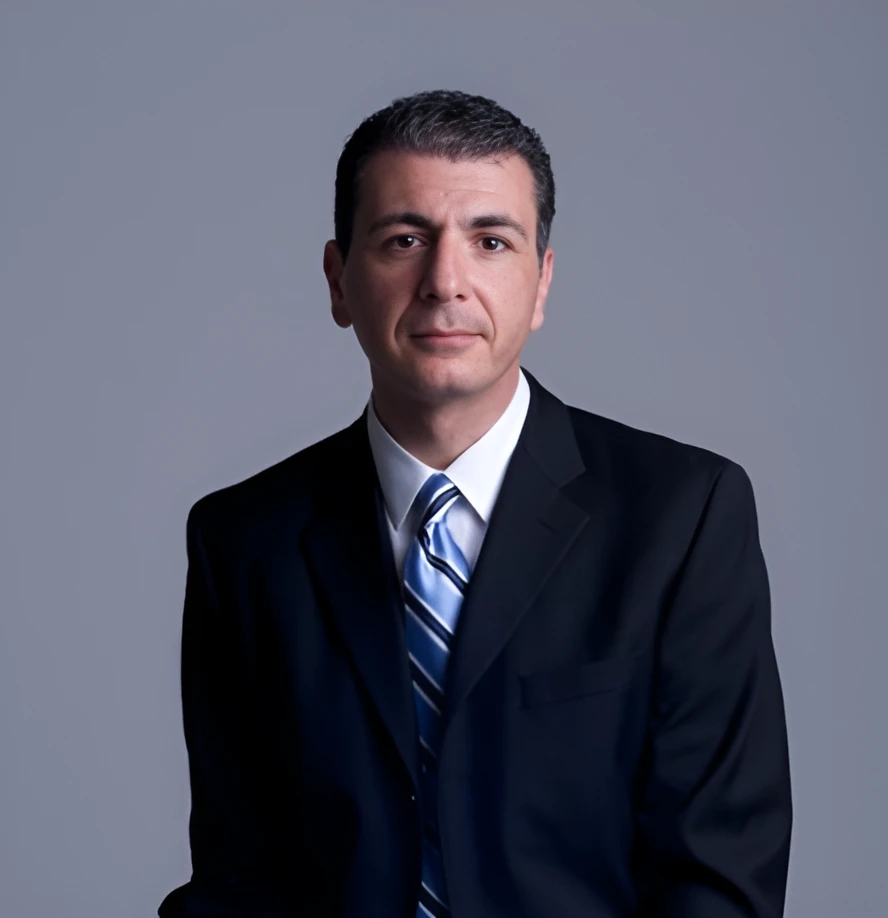Other Services
1- Individual Therapy
2- Couples and Marriage Counseling
3- Christian Counseling
4- Families
Start Your Healing Journey with EMDR Therapy for Trauma & Anxiety in San Jose, CA
EMDR therapy is a clinically proven, transformative treatment for PTSD, anxiety, depression, and trauma. Approved by WHO, APA, and VA, EMDR helps quickly reprocess distressing memories. If you live in San Jose, California, and are struggling with trauma, phobias, or chronic pain, EMDR may be the solution you’ve been looking for.
Take the first step toward healing. Dr. Invia, a Certified EMDR Therapist, CSAT, and CPTT at San Jose Counseling, Inc, can help you regain control of your mental health. Book your FREE EMDR consultation today and start your healing journey.
Understanding EMDR Therapy in California

EMDR, also known as Eye Movement Desensitization and Reprocessing, is an 8-phase therapy that involves tapping your eyes or moving them side to side. The goal is to help the brain better process traumatic memories and recover from them.
This treatment method was accidentally discovered by psychologist Dr. Francine Shapiro in 1987. She realized that her disturbing thoughts were easier to manage whenever her eyes were moving rapidly during a walk.
Shapiro ultimately developed EMDR, which is now a strong, evidence-based therapy for processing trauma and emotional distress.
How It Works
EMDR allows your brain to reprocess traumatic memories by using a similar process to how your brain organizes memory, during REM sleep.
With EMDR you are given bilateral stimulation, eye movements, tapping, sounds, etc..., that "unlock" the traumatic memories, or "stuck" memories, which allows the brain to store the memories normally decreasing its emotional charge.
EMDR can produce results more efficiently than the longer process typical of talk therapy.
Benefits of EMDR Beyond PTSD
EMDR is most often associated with trauma recovery, but it is effective for:
- Phobias – reduces irrational fears
- Anxiety & Panic Attacks – lessens overwhelming triggers
- Chronic Pain – works with the physical symptoms linked to trauma
- Depression – transforms negative beliefs about yourself (for example, "I am unworthy").
- Addiction – helps resolve the underlying emotional pain and trauma driving compulsive behavior.
EMDR is a flexible, evidence-based approach that helps ease suffering – from anxiety and trauma to chronic pain – offering lasting relief, not just survival.
How do I know if my body is releasing trauma? You might experience shifts in social behavior and increase in energy. These 8 signs show your body is releasing trauma.
The Success Story of One of Our Patients ( Who Healed in Three EMDR Sessions.)
A patient of San Jose Counseling developed a major fear of transiting areas with moving vehicles after having a bad accident. The anxiety was so bad that she couldn’t even stand on a sidewalk with traffic moving by.
With EMDR therapy at San Jose counseling, she was about to process and recover from this trauma. Now, she is able to move around in places with vehicles, and even suggested driving her own one day. Could EMDR help you regain your life? Ask Dr. Invia today!
The EMDR Complete Process Explained
EMDR therapy has eight steps that help you work through traumatic memories and fix them. The entire process typically look like:
Phase 1 :
History-Taking
Your therapist will examine your personal history, and together you will track down the trauma-related memories you want to work on. Your therapist will take that information and develop a treatment plan that will benefit you.
Phase 2 :
Preparation
In this step, your therapist will introduce you to different coping skills. For example, the "safe place" technique helps you manage emotional distress between sessions. It also builds trust and creates a foundation for moving forward.
Phase 3 :
Assessment
For each target memory, you will identify:
- The desired positive belief
- The negative belief about yourself
- The associated emotions and body sensations
Phases 4-6 :
Processing
By using bilateral stimulation (eye movements, taps or tones) you will re-process the memory, while your therapist guides you to observe and simply notice what comes up without entering judgement.
As your body releases trauma you will notice the emotional stuckness of the memory slowly fading, as new connections are created.
Phase 7 :
Closure
Each session wraps up with stabilization techniques that help you leave the session feeling grounded. You may be given exercises to practice at home between sessions.
Phase 8 :
Reevaluation
At the start of subsequent sessions, your therapist checks your progress and determines if additional processing is needed for any remaining distress. The systematic process helps promote deeper healing while creating a sense of emotional safety.
EMDR vs Other Therapies: Which one Should I Choose?

What makes EMDR different from other therapies? In simple words, EMDR focuses on the root cause of your traumatic memories and helps your brain find a much long-lasting relief. It’s a more permanent solution than taking medication or using exposure therapy. Here’s how EMDR compares with others this way:
Need help choosing? Book a FREE EMDR Consult with Dr. Invia for personalized guidance
Does EMDR Work for Non-PTSD Conditions?
If you're dealing with chronic negative thoughts, triggers, or events from your past that are still impacting your life today, EMDR may be helpful even without a full PTSD diagnosis.
It can help with a variety of other struggles too:
One woman came to San Jose Counseling, Inc. after surviving two separate sexual assaults. The weight of those experiences followed her everywhere—she struggled to feel safe, carried deep shame, and lived with a constant sense of fear.
With EMDR, she was able to face those memories without being overwhelmed by them. Little by little, the fear loosened its grip.
The memories didn’t vanish, but they lost their power. Over time, she began to feel safe in her own skin again—more grounded, more free, and more whole. Could EMDR help your specific challenge? Talk to Dr. Invia today.
EMDR Controversies: Examining the Evidence
Even though EMDR has helped millions of people, some still have questions about it.
Even though EMDR has helped millions of people, some still have questions about it. Because it can work relatively quickly, critics sometimes say it sounds “too good to be true.”
Some folks aren’t sure if the eye movements actually make a difference. There are also concerns that a few therapists might hype up the results too much or create a cult-like atmosphere around EMDR. Regardless, research supports the effect of EMDR:
- Numerous meta-analyses demonstrated that EMDR had comparable effects to trauma focused CBT but with fewer total sessions.
- A 2024 study published in Frontiers in Psychiatry concluded that EMDR significantly reduced PTSD symptoms and the positive results continued at follow-up.
- The VA/DOD Clinical Practice Guidelines rate EMDR with a "strong recommendation" for combat related PTSD.
The main thing that makes a difference isn’t just the eye movements—it’s how well the therapist is trained.
Most of the positive results come from the therapist’s skill, not just the technique alone.
Potential Risks, Side Effects and Ways to Mitigation
While EMDR therapy produces deep healing and great benefits for patients, there might be some temporary risk and side effects to be kept in mind.
For example, during EMDR sessions, patients might feel distress or increased discomfort due to vivid recalls - These reactions are expected and short-lived, but can be tough in the moment.
Good therapists will work at a pace that lets the patient stay grounded, while creating a safe space for them. There are instances when EMDR therapy may not be appropriate – like when someone is experiencing severe dissociation,active psychotic, or certain neurological problems.
In those cases, the treatment might need to be adjusted to fit their situation and make sure they feel safe. This is why it’s best to discuss with your therapist about your readiness and build a strong therapeutic alliance prior to treatment. Contact San Jose Counseling today and get the support your healing journey needs!
This is How You Should Prepare for EMDR Therapy in San Jose California.

While EMDR can be life-changing, it's important to prepare in order to have the best therapeutic experience possible. Here are four steps to take before therapy begins:
Final Verdict: Is EMDR Right for Me?
If you struggle with trauma, anxiety, or thought patterns that are persistently negative, EMDR is an evidence-based treatment that works quickly and has lasting effects.
There is an extensive body of research that supports EMDR, and it has proven very useful for patients who may not have been able to move on in their therapy sessions, or tried talk therapy unsuccessfully.
Consider EMDR if you experience:
- Addictions
- Anxiety/panic attacks
- Phobias or irrational fears
- PTSD or trauma symptoms
- Depression rooted in past experiences
As a Certified EMDR Therapist with specialized trauma training, Dr. Invia provides personalized care to ensure your treatment meets your unique needs. Take the next step. Schedule your FREE EMDR consultation today!


